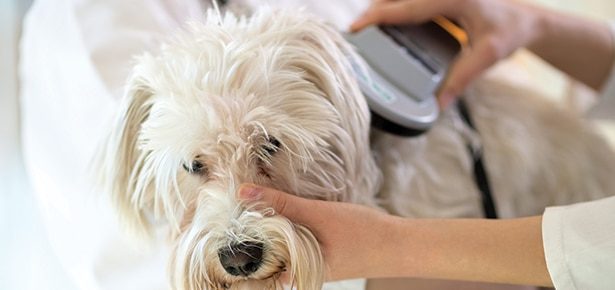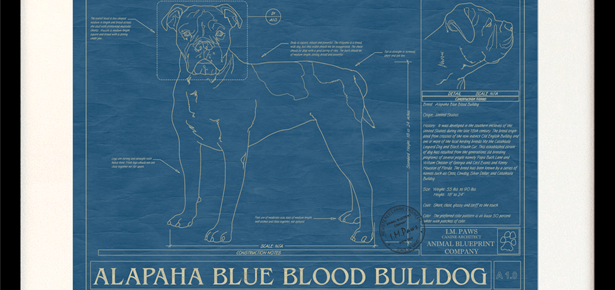

Pet Talk: Getting Your Pets Microchipped
Sometimes a dog tag isn't enough
Many of us take every precaution we can to protect our pets. With growing technology in the veterinary field, new measures of protection for companion animals are now available to owners at a low cost. Microchipping, one of the newest ways to locate and identify lost animals, is growing in popularity and efficiency.
A microchip is a glass-encased device that bears an identification number unique to every marked animal. Once the microchip is inserted under the animal’s skin and registered with the devices company, the microchip can be activated with a scanner at a veterinarian’s office or local animal shelter. With no batteries or power source required to activate a microchip, this device will provide a permanent identity for your pet that will last their entire lifetime.
Many owners protect and identify their pet with a personalized collar. While this method can certainly help identify your pet, there are many strong advantages in microchipping your animal. For instance, pet collars may fall or slip off, and personalized tags may become unreadable after several years. Microchips do not face any of these challenges and have no chance of being removed, no matter where Fido wanders off to.
Dr. James Barr, clinical assistant professor at the Texas A&M College of Veterinary Medicine & Biomedical Sciences, explains the biggest advantage microchipping has over other methods of identifying animals: “The biggest advantage is that a microchip can’t be lost. It allows access to detailed information about the pet and its owner with a quick phone call to the company.” Barr also adds that most microchips can be installed at veterinarian offices and sometimes even spay and neuter clinics. He further explains that the process of installing a microchip is very quick and does not hurt the animal, contrary to what some owners might believe. “A microchip is implanted under the skin between the shoulder blades using a needle and plunger, which is similar to a syringe,” he said. “The needle is a rather large needle comparatively to what would be used for a vaccine, but it usually does not require sedation and is only transiently uncomfortable for the animal.”
Microchips, which are about the size of a grain of rice, can be installed into dogs, cats, horses, ferrets and most other mammals. If you are considering microchipping your pet, consult your local veterinarian to see which microchipping companies are most commonly used in your area. Some chips are more universally read than others, so it is important to consider which microchips your local veterinarian and animal shelters can read. Finally, do not forget to register your chip to your name and phone number. If you move to another address or change phone numbers, you will be required to update this information with your microchip’s company. A microchip will only bring your pet home if your contact information is kept up-to-date.
Although personalized collars have been traditionally used as a method of identification in pets, microchipping is fast becoming the modern solution for lost animals. Even if your pet has been microchipped, providing a collar for your pet is still important. Remember to register your pet’s microchip to your name and updated contact information in order for your pet to return safely home if they ever become lost.
Join the newsletter and never miss out on dog content again!
"*" indicates required fields
By clicking the arrow, you agree to our web Terms of Use and Privacy & Cookie Policy. Easy unsubscribe links are provided in every email.





